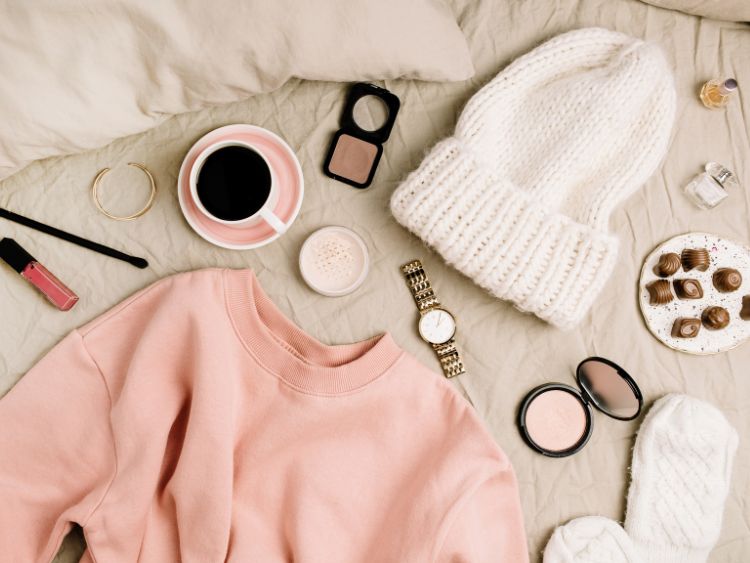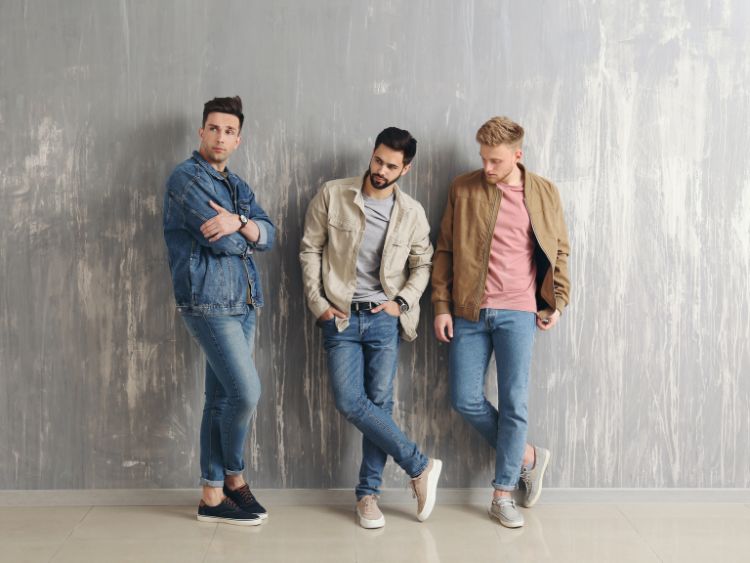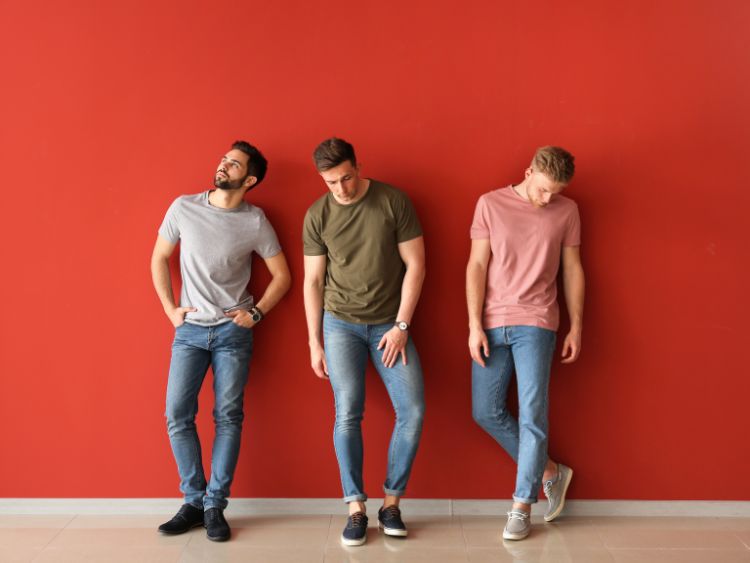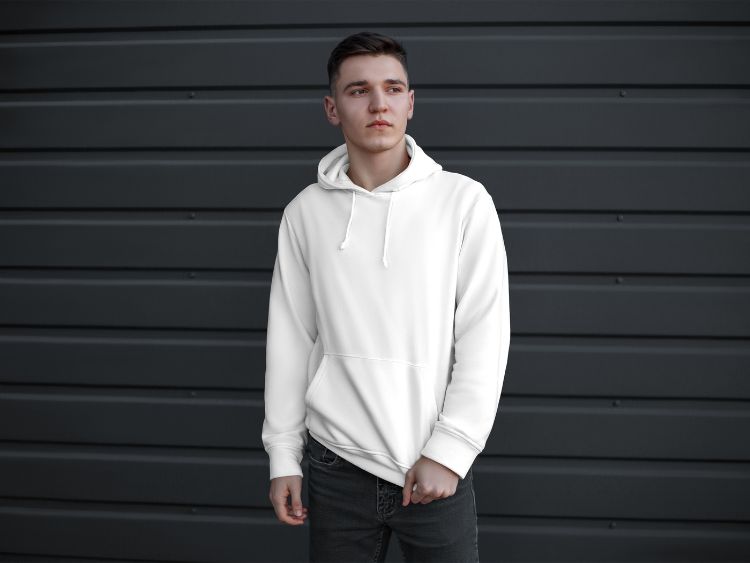Fashion is more than just the clothes you wear. It’s an expression of individuality, a reflection of culture, and a dynamic force that shapes how we present ourselves to the world. Whether you’re strolling down a bustling city street or attending a glamorous event, your fashion choices speak volumes about who you are and what you stand for. But what exactly is fashion, and why does it matter so much in today’s world? Let’s dive into the intricacies of this ever-evolving industry, explore its history, and uncover how it influences not just trends but our lives as a whole.
The Essence of Fashion
At its core, fashion is the art of self-expression through clothing, accessories, and style. It’s about creativity, individuality, and personal flair. While many think of fashion as simply following trends, it’s more about finding your unique voice within the vast world of style options. Yes, trends come and go, but how you interpret those trends and make them your own is what sets true fashion enthusiasts apart from the crowd.
Fashion as a Reflection of Society
Throughout history, fashion has served as a mirror to society. In the 1920s, flapper dresses symbolized the newfound freedom and empowerment of women. Fast forward to the 1980s, and oversized blazers and bold colors echoed a sense of rebellion against the status quo. Today, sustainable fashion is on the rise as a response to the growing environmental concerns of modern society. Fashion is not just about aesthetics—it’s a commentary on cultural, political, and social issues.
Fashion Trends: The Ever-Changing Landscape
Fashion trends can sometimes seem fleeting, changing with the seasons. But what drives these shifts? Designers, celebrities, and social media influencers all play a role in shaping what’s “in” at any given moment. Let’s break down some of the factors influencing fashion trends:
- Runway Shows: Major fashion weeks in cities like Paris, Milan, New York, and London are hotspots for the latest trends. Designers showcase their collections, and these shows often set the tone for what’s to come in the following seasons.
- Celebrity Influence: Have you ever noticed how a certain dress or outfit gains massive popularity after a celebrity wears it? That’s no coincidence. Celebrities and influencers wield significant power in setting trends, thanks to their massive following and media exposure.
- Street Style: Often, trends start from the ground up. The streets of major cities are breeding grounds for new styles and ideas, particularly among youth culture. The edgy, bold looks spotted on the streets often find their way into mainstream fashion over time.
- Cultural Movements: Movements like gender neutrality, body positivity, and sustainability have all influenced fashion, leading to the rise of gender-fluid clothing lines, inclusive sizing, and eco-friendly fabrics.
The Sustainability Movement in Fashion
Over the past decade, fashion has faced growing scrutiny for its environmental impact. The rise of fast fashion—cheap, quickly produced clothing—has contributed to pollution, waste, and unfair labor practices. However, there’s a shift happening, with more consumers and designers advocating for sustainable fashion.
What is Sustainable Fashion?
Sustainable fashion focuses on minimizing the negative impact of clothing production on the environment. This includes using eco-friendly materials, reducing waste, and supporting fair labor practices. Brands like Patagonia and Stella McCartney have become champions of this movement, creating collections that not only look good but do good for the planet.
Here are some ways sustainable fashion is making waves:
- Recycled Fabrics: Many designers are now using materials like recycled polyester or organic cotton to create their garments.
- Slow Fashion: This movement encourages buying fewer, higher-quality items that will last longer, as opposed to the fast fashion model of frequently buying cheaper clothing.
- Secondhand Shopping: Thrifting and buying vintage clothes are gaining popularity as people look for ways to reduce waste and wear more unique, one-of-a-kind pieces.
Fashion’s Role in Self-Expression
Fashion allows individuals to express their personality, values, and identity. From bold prints to minimalist styles, your fashion choices are a visual representation of who you are. Some people use fashion to push boundaries, while others use it as a form of comfort and familiarity.
For instance, those who follow avant-garde fashion trends might opt for daring, unconventional outfits, turning heads wherever they go. On the flip side, someone with a love for classic styles might choose timeless pieces like a well-tailored blazer or a little black dress. It’s this diversity in fashion that makes it such an exciting and personal journey.
The Business of Fashion
Behind every stylish outfit is a massive industry driving trends, production, and marketing. Fashion is one of the world’s largest industries, contributing trillions of dollars to the global economy. From high-end luxury brands like Gucci and Chanel to fast fashion giants like Zara and H&M, the business side of fashion is vast and multifaceted.
How Does the Fashion Industry Work?
At its simplest, the fashion industry consists of designers, manufacturers, retailers, and consumers. But the process of bringing a garment from concept to closet is anything but simple. Here’s a quick rundown of the typical fashion cycle:
- Design: It all starts with a designer’s vision. Whether it’s a sketch or a digital rendering, this is where creativity comes to life.
- Manufacturing: Once the design is finalized, it moves to production. Factories and manufacturers work to create the physical garments, often sourcing materials from around the world.
- Retailing: The finished products are then shipped to retailers, whether in brick-and-mortar stores or online platforms. From here, it’s up to the marketing teams to create buzz and drive sales.
- Consumer: The last stop in the cycle is the consumer. Through various channels like social media, advertising, and influencers, brands work to convince you that their products are must-haves.
FAQs About Fashion
- What’s the difference between fashion and style? Fashion refers to the popular trends and garments that are in at any given time, while style is more personal—it’s how you take those trends and make them your own.
- Is fast fashion bad for the environment? Yes, fast fashion contributes significantly to environmental degradation. It promotes overconsumption, leads to massive amounts of textile waste, and often involves unethical labor practices.
- How can I make my wardrobe more sustainable? You can start by investing in higher-quality, timeless pieces that will last longer. Buying secondhand, choosing brands that prioritize sustainability, and avoiding impulse purchases are also great ways to make your wardrobe eco-friendlier.
- What are some timeless fashion staples? Classic items like a little black dress, a tailored blazer, a crisp white shirt, and a good pair of jeans are considered timeless staples that never go out of style.
- How often do fashion trends change? Fashion trends typically change with the seasons, with major shifts happening around fashion week events in spring and fall.
Conclusion
Fashion is a reflection of our ever-changing world, a medium for self-expression, and an industry that influences the way we live our lives. From runway shows to street style, from sustainability movements to timeless classics, fashion remains an integral part of our culture and identity. As you explore your own sense of style, remember that fashion isn’t just about following trends—it’s about embracing what makes you feel confident and authentic.



